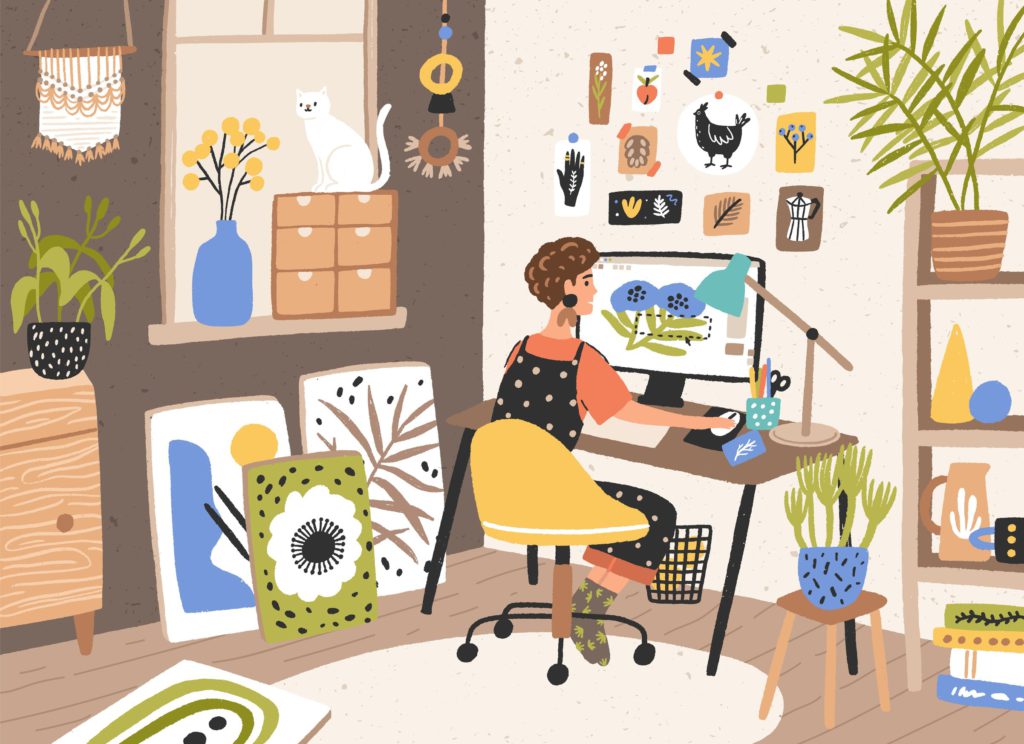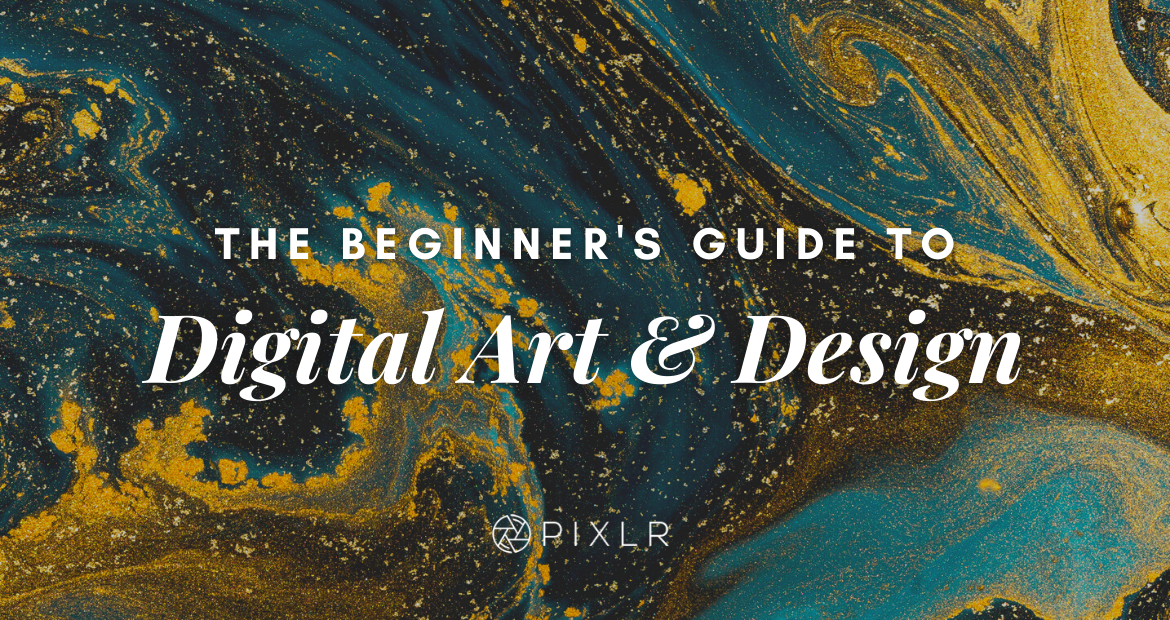The Beginner’s Guide to Digital Art & Design
Digital art is a fascinating subject, which has revolutionized how you create and share your work. Since its foundation in the 1980s from the first Paint program on our computers, digital art has evolved beyond our human imagination.
Here’s a comprehensive guide for those of you who are new to digital art and design but would love to get started on this creative journey!
But what is digital art?

Instead of painting on canvas or paper, digital painting allows you to paint directly onto a computer, which has a number of amazing advantages:
- It’s a lot less messy, and requires very minimal space and equipment
- Faster than traditional art (as you don’t need to wait for paints to dry!)
- Very versatile and easy to carry anywhere you’d like to work from
Be a part of a design community

If you’re not actively taking courses or a degree in digital art, it can be challenging to learn and develop your skills on your own. Even choosing the right software and devices can become increasingly difficult without the right guidance.
The best way to learn, given the advantages of modern time internet, is joining online art communities on social media platforms in order to interact and learn from other artists. Think of this as an online version of an artists’ retreat where one can fully divulge in all works of art and create their own. And the best part is, it’s free!
Some tips for the community newbie:
- Join smaller groups (members less than 5k)
Joining groups with millions of people can be daunting for a beginner, so start small!
- Don’t be afraid to ask questions!
Smaller groups can be the perfect place to ask for tips, advice or any questions you may have
- Try to copy what other people are doing
Now, this doesn’t mean you copy exactly what other people are doing and use it as your own idea. Rather, try doing a run down of what someone else might be doing so that your hands, and mind, get more accustomed to designs. All great artists learn by doing what has already been done. And this is what helps them develop their own style.
- Participate!
This is a perfect low risk option for you to share your work. Participate in events or the occasional art prompts and share your work. Don’t work if you think your work isn’t as good as other established artists. Remember that art is subjective, and what might look meh to you might actually be very attractive to someone else.
Pixlr has recently started a Facebook Group filled with designers and artists where you can participate in events, weekly prompts and even AMAs! A perfect place for creatives, such as yourself, to network, build connections, share photography tips or editing tricks and grow in your craft.
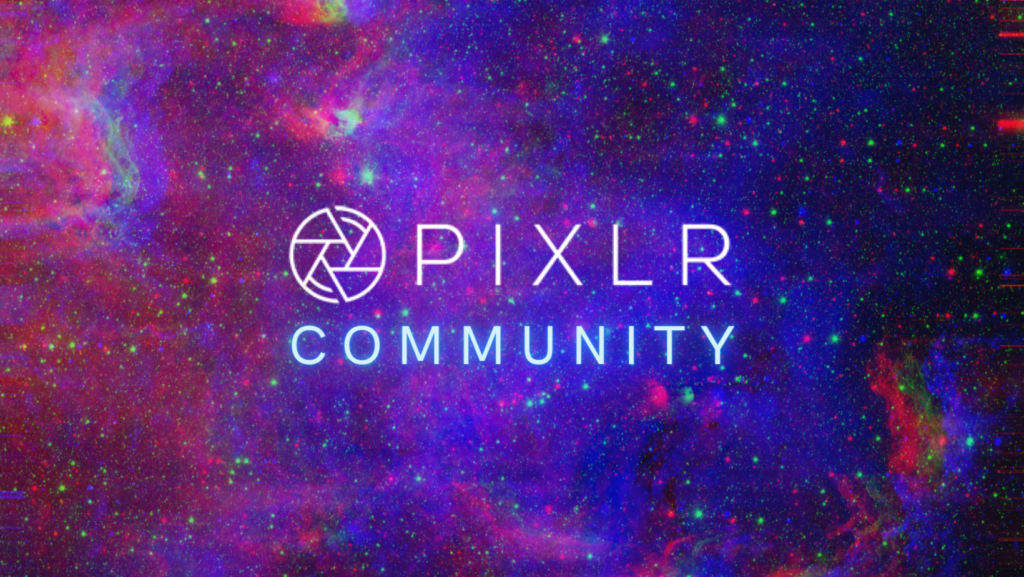
Choose the right tools
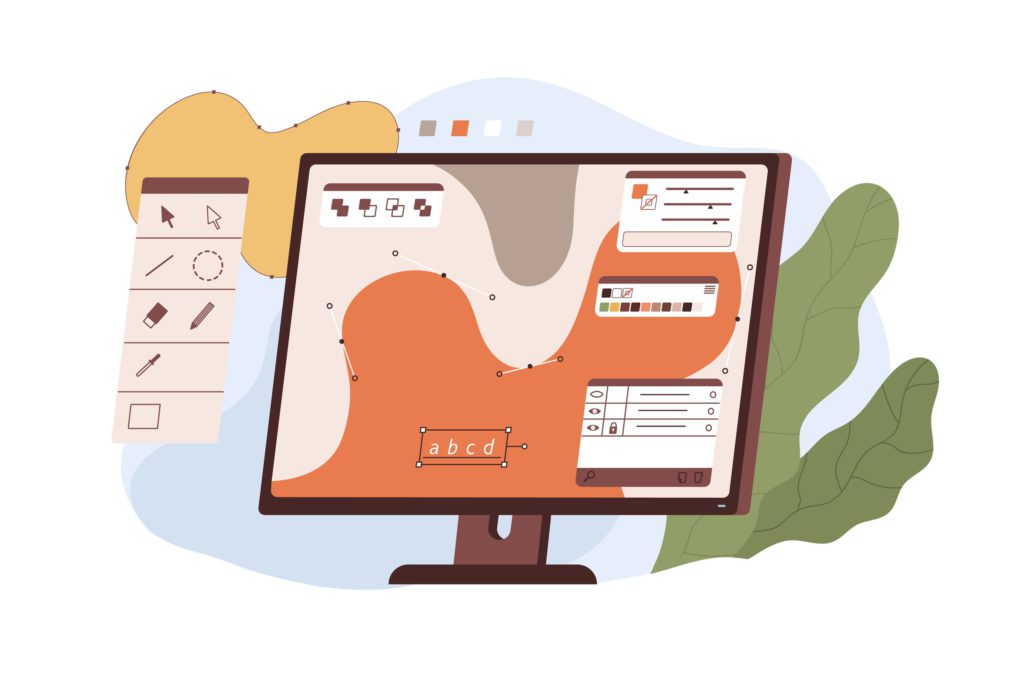
This is the most important part of digital art and design as the right tools are required for any form of artwork.
Just as traditional art has various forms such as watercolor, sculpting and woodwork, digital art has various forms as well, ranging from simple designs to complex 3D artwork. These different art forms all require different tools and software, so which ones do you pick?
- Computer and other gadgets
If you already own a computer, you can continue using it without buying a new one. You can also use a laptop to digitally draw illustrations if it has good enough system requirements.
If you go to a shop to purchase a new computer, let the person helping you know that you are looking for a device for art programs and digital drawing so they can help find one that better suits your needs.
Memory-wise, although you can draw using only 4 GB memory, it is recommended going with an 8 GB or more if you want to get the most out of your new device. The same applies for other tools you might want to purchase (such as tablets and monitors).
- Software
A digital art software is like the canvas you use for your artwork and designs. Various types of software currently exist, ranging from freeware to professional software that can be purchased.
An expensive software is definitely more advanced – hence the price. But that does not necessarily mean it’s easier to draw with (or that they will meet your needs).
It’s best to get some hands-on experience with free software such as Pixlr, one of the best online photo editors in 2021. Whether you’re looking for a quick photo fix or more advanced editing, Pixlr can help you do both. You can start from an empty canvas or use our ready-made templates to create something of your own.
Practice makes perfect
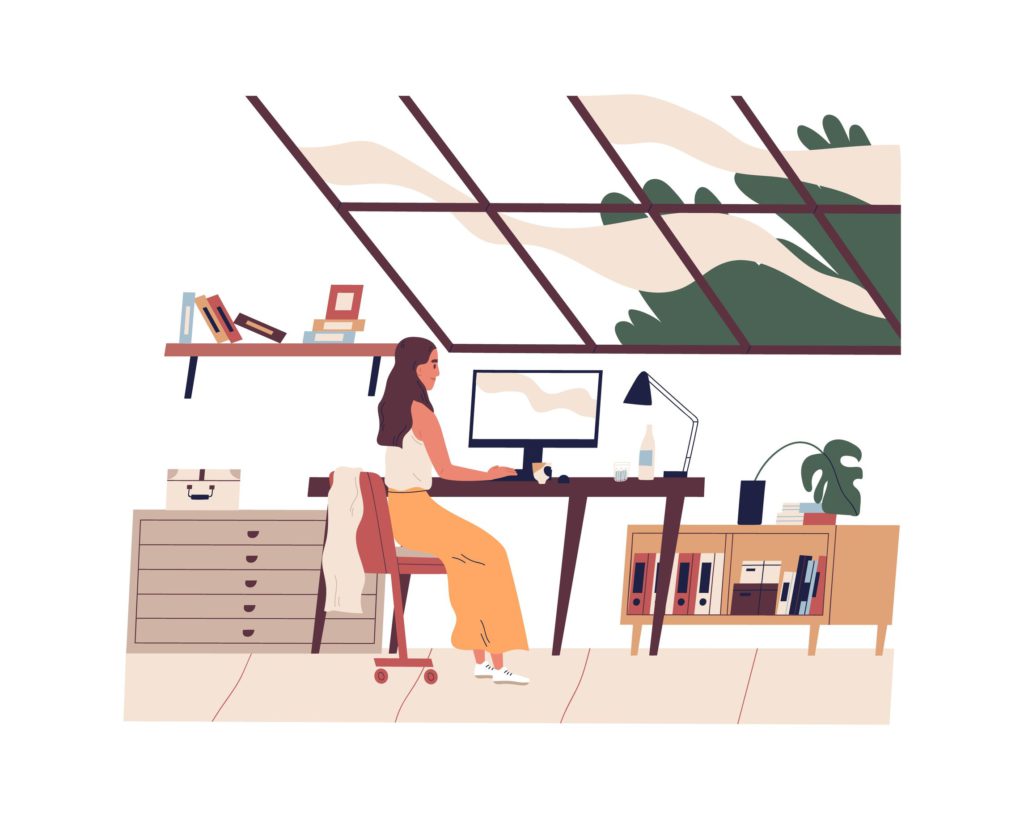
All great artists have that one tip that has followed them throughout their entire lives, and it is simply to “make art a habit”.
If you really want to learn and fully understand digital art (or any form of artwork) the best way to do it is by doing it every day and learning little things along the way. James Clear, in his book Atomic Habits, talks about how focusing on the process instead of the goal is much more sustainable, and helps produce better results.
- Take 30 minutes or an hour every day to practice.
- Choose times that you feel most creative (right after waking up or before going to bed)
- Use this time to learn new tools, ideas and styles
Even in just the span of 1 month, you’ll be able to see drastic changes in your skills which will stick with you throughout your digital art career.
Share your work with the world
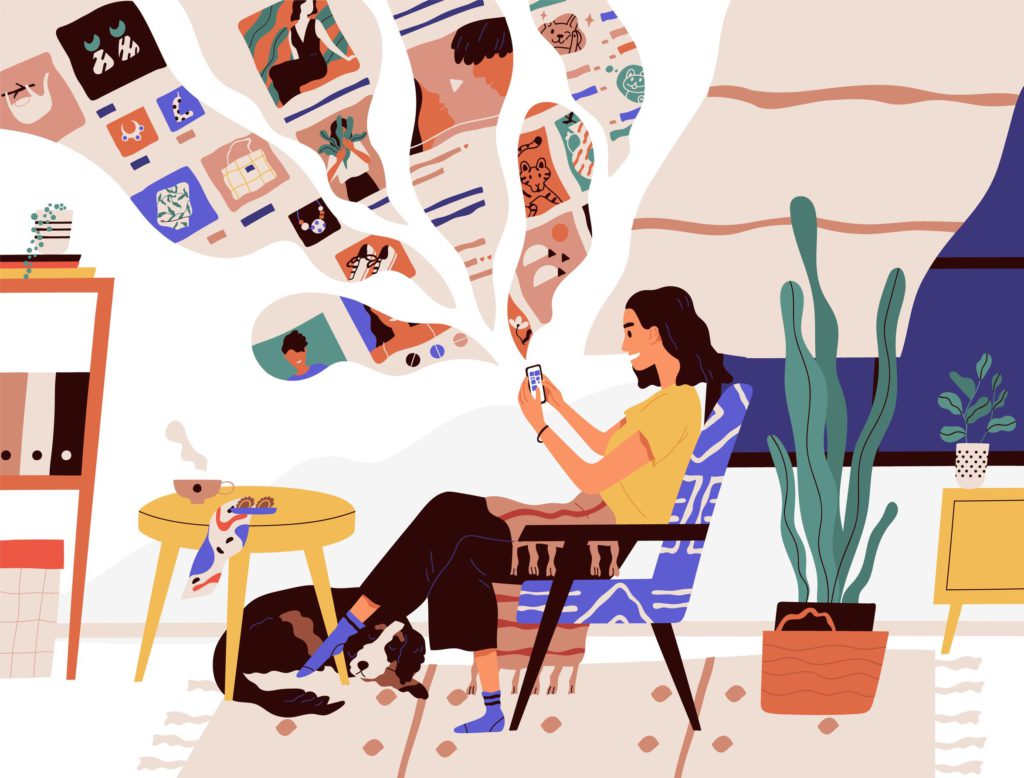
Share your work on social media!
Our art ancestors spent their entire lives trying to share their work but with no avail. However, today we have platforms where we can share anything for free instantly! Use this advantage to share your work to your friends, families and anyone else you’d like to.
A great way to increase your reach on social media platforms is through tags and hashtags. Tagging other artists or design software in your work and using relevant hashtags allow more people to see your work. You get to connect with other likeminded creatives and form a community of your own!
